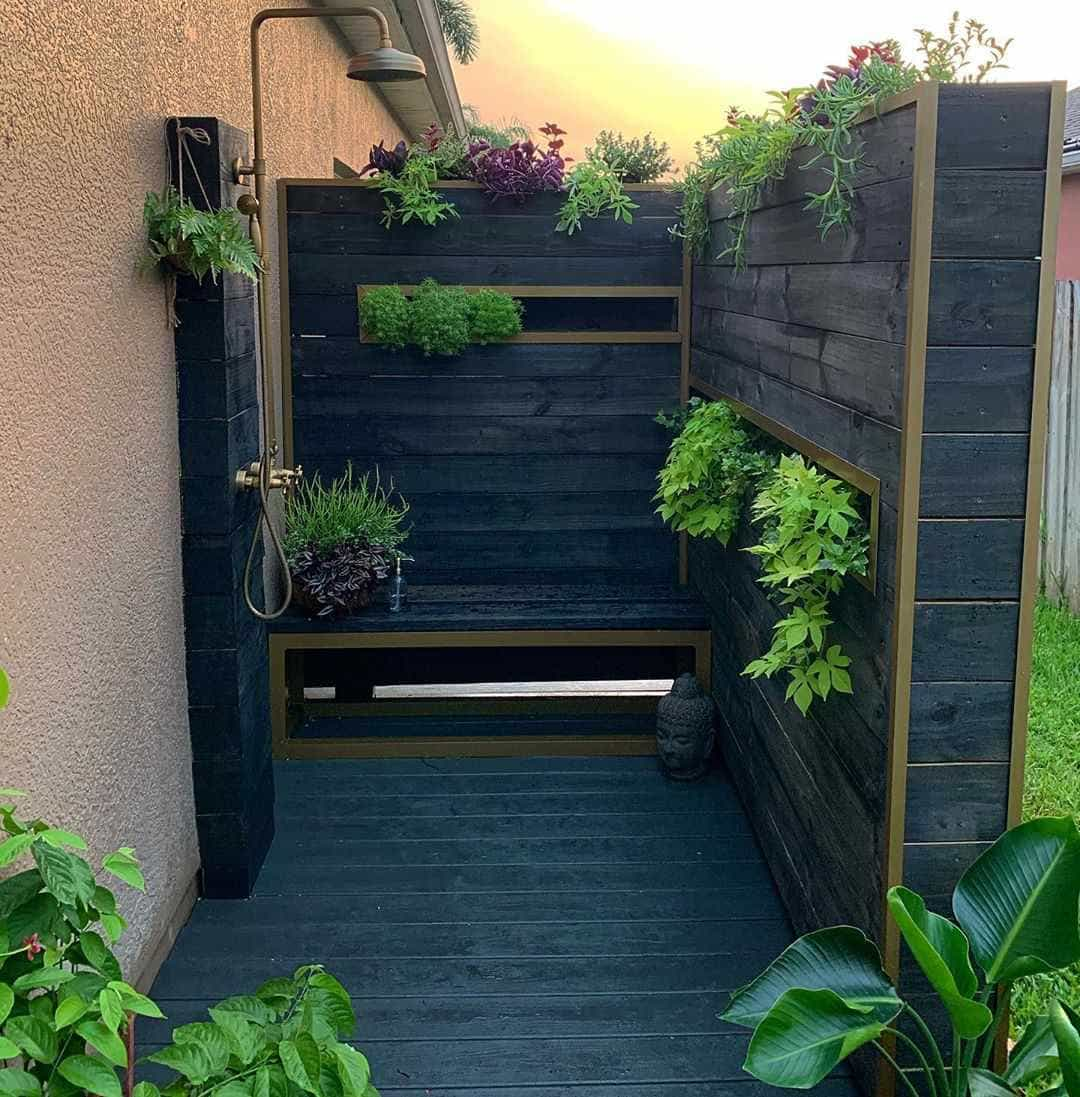Introduction
In the realm of outdoor living, few elements offer as much versatility and aesthetic appeal as decks. A well-designed deck not only extends your living space but also serves as a hub for relaxation, entertainment, and connection with nature. In this comprehensive guide, we delve into the intricate anatomy of a deck, exploring the key components and considerations that go into crafting the perfect outdoor space.
Understanding Deck Structure
Substructure: The Foundation of Durability
At the core of every sturdy deck lies a robust substructure. This foundational component, typically constructed from pressure-treated lumber or composite materials, provides essential support and stability. Proper installation and spacing of joists and beams ensure structural integrity, while adequate ventilation helps prevent moisture buildup and rot.
Decking Materials: Balancing Beauty and Performance
When it comes to decking materials, the choices abound, each offering its unique blend of aesthetics, durability, and maintenance requirements. Traditional wood options like cedar and redwood exude natural charm but demand regular sealing and upkeep. On the other hand, composite decking, crafted from a blend of wood fibers and recycled plastics, boasts impressive longevity and low maintenance, making it an increasingly popular choice among homeowners.
Railings and Balusters: Safety and Style
Railings and balusters serve as both practical safety features and stylistic accents, adding visual interest and defining the perimeter of your deck. From sleek metal railings to classic wooden balusters, the options are vast, allowing you to customize your deck to suit your taste and architectural style.
Deck Accessories: Elevating Functionality
To enhance the functionality and ambiance of your outdoor oasis, consider incorporating various deck accessories. From built-in benches and planter boxes to pergolas and lighting fixtures, these thoughtful additions can transform your deck into a true extension of your home, perfect for hosting gatherings or enjoying solitary moments of tranquility.
Design Considerations for Your Deck
Layout and Size: Tailoring to Your Needs
The layout and size of your deck should be carefully planned to accommodate your lifestyle and space constraints. Consider factors such as traffic flow, seating arrangements, and intended use when determining the optimal dimensions and configuration for your outdoor retreat.
Orientation and Sun Exposure: Embracing Nature’s Light
The orientation of your deck plays a pivotal role in maximizing sunlight exposure and optimizing comfort throughout the day. By strategically positioning your deck relative to the sun’s path and incorporating shading elements like umbrellas or awnings, you can create inviting spaces for lounging and entertaining, regardless of the time of day.
Integration with Landscape: Seamless Harmony
For a truly harmonious outdoor living experience, aim to integrate your deck seamlessly with the surrounding landscape. Incorporating natural elements such as trees, shrubs, and garden beds not only enhances visual appeal but also fosters a sense of connection with nature, blurring the boundaries between indoor and outdoor spaces.
Maintenance and Care Tips
Regular Inspection and Cleaning: Preserving Beauty and Functionality
To prolong the lifespan and beauty of your deck, regular inspection and cleaning are paramount. Perform routine checks for signs of wear or damage, such as loose boards or rusting hardware, and address any issues promptly to prevent further deterioration. Additionally, periodic cleaning with mild detergent and water helps remove dirt, debris, and stains, keeping your deck looking pristine year-round.
Seasonal Maintenance: Preparing for the Elements
As the seasons change, so do the maintenance requirements of your deck. In preparation for harsh weather conditions, such as snow, ice, or heavy rain, take proactive measures to protect your deck from potential damage. Apply a fresh coat of sealant or stain as needed, and clear debris from gutters and drainage systems to ensure proper water runoff and prevent moisture-related issues.
Conclusion
In summary, mastering the anatomy of a deck is the key to creating an outdoor space that seamlessly blends style, functionality, and durability. By understanding the essential components and design considerations outlined in this guide, you can embark on the journey of transforming your backyard into a haven of relaxation and entertainment for years to come.





